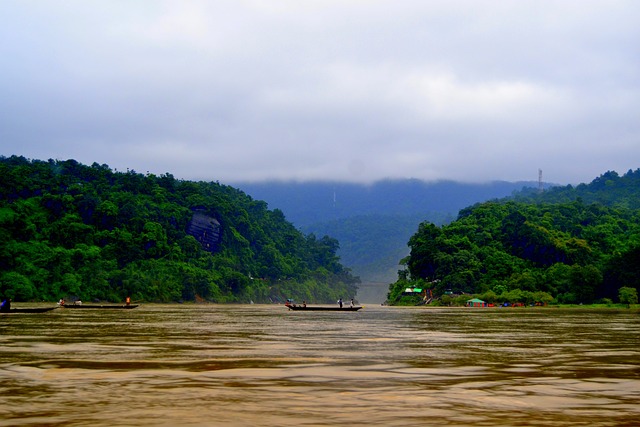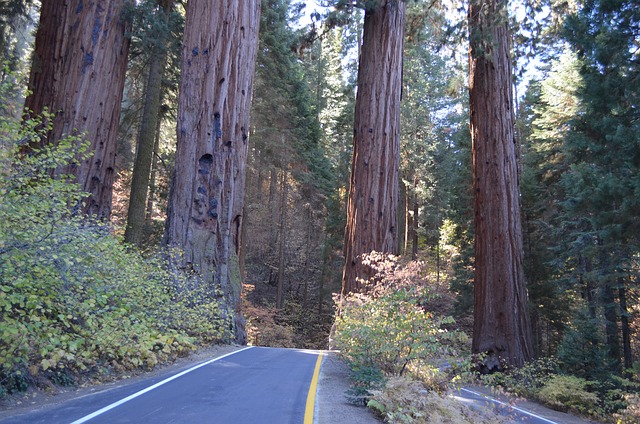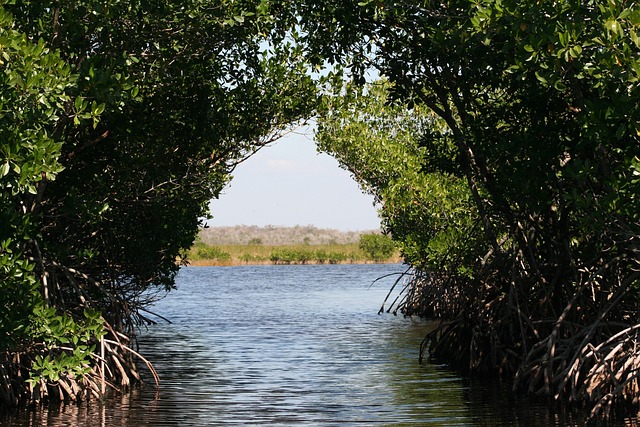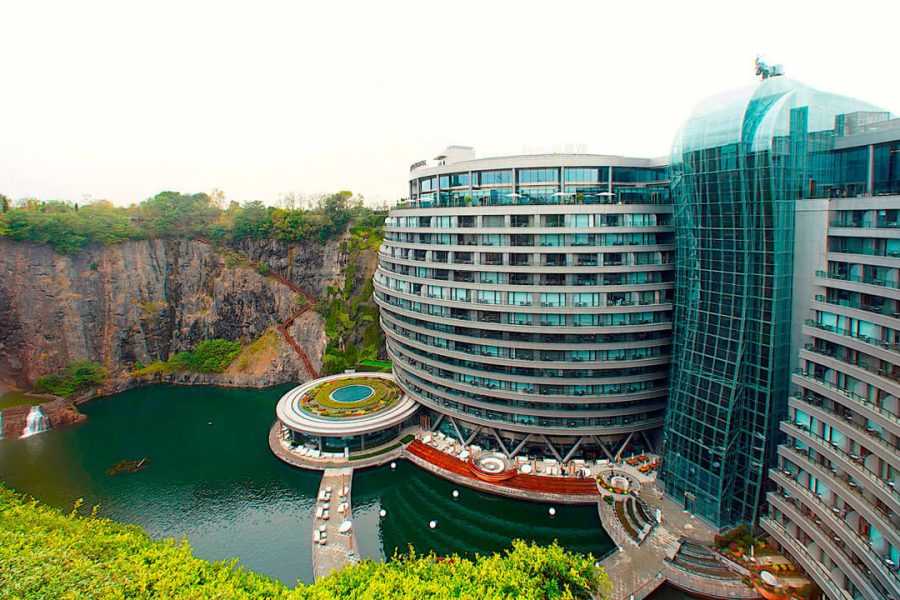Climate change, human activity and other environmental factors are causing some of the world’s most beautiful natural tourist destinations to disappear at an alarming rate. From coral reefs to glaciers and pristine islands, many of these places are also unique natural habitats, often supporting endemic life forms found nowhere else on Earth.
10. Snow-capped Mount Kilimanjaro, Tanzania

Mount Kilimanjaro in Tanzania, at about 5,895 meters or 19,340 feet, is the highest mountain in Africa. Much has been said and written about its constant ice cap, as it is also one of three glaciers found on the continent. The snow combined with the picture-postcard African backdrop gives the place an otherworldly feel, although that may soon change.
Like glaciers everywhere, climate change is rapidly causing them to shrink. Deforestation of nearby jungles is another big problem, as it quickly reduces the amount of moisture in the air and causes the ice cap to shrink even faster. By one estimate, the mountain has lost between six and 17 feet ice between 2000 and 2009, and the same report suggested that it could disappear entirely by 2022. While that hasn't happened yet, the snow on top of Mount Kilimanjaro is still melting at an alarming rate of about 1.6 feet per year, and could even disappear entirely by 2040 .
9. Bangladesh

Bangladesh is located in delta , formed by the Ganges, Brahmaputra and Meghna rivers in Asia, two of which are among the largest long rivers on the continent. Due to its geographical location, the country is home to many river and deltaic crops, and has some of the most fertile soil in the region. Unfortunately, it is also on the front lines of climate change and rising sea levels, and could be one of the first countries to become significantly underwater in the near future.
The Bangladesh government estimates that by 2050, almost 17% of the country will be flooded if sea levels continue to rise at current rates. The capital Dhaka will likely disappear by 2100, putting tens of millions of people at risk.
Although the government is taking steps to adapt to the changing situation, such as building coastal embankments and relocating people to higher ground where possible, it remains a huge challenge due to the country's high population density.
8. Dead Sea, Israel

The Dead Sea is actually a salt lake located at the lowest point on Earth, somewhere between Israel and Jordan. It is known for its high salt content, making it impossible for fish and other forms of marine life to survive. The lake's water is believed to have therapeutic properties, making it a popular tourist destination for medical purposes.
If you haven't seen it yet, now is the time to plan a trip, as the Dead Sea is also shrinking at an alarming rate. The main reason is the massive loss of water flow from one of its main sources, the Jordan River, due to several natural and geopolitical reasons. In addition, mining minerals from the lake and its shores causes even more harm to the entire ecosystem, which may completely disappear if it is not protected in the near future.
7. Cook Islands
Cook Islands - independent island state , made up of 15 small islands located between Hawaii and New Zealand. Often referred to as one of the most unspoiled places in the world, this chain offers everything from pristine white sand beaches to lush green mountains, even if it may take a while to get there due to its remoteness. If the Cook Islands are somewhere on your bucket list, now is the time to cross them off, as there is a good chance they won't be around for much longer.
Like most other low-lying island chains known to us, Cook Islands threatened by rising sea levels and carbon emissions in other parts of the world. With sea levels expected to rise by about 55 centimeters — or about 21 inches — by 2090, the small country faces an acute existential crisis in the near future.
6. Redwood forests, USA

The giant sequoia trees found in California's Sierra Nevada mountain range are known for their enormous, almost unearthly size, as some can reach heights of over 300 feet They are also one of the longest-living tree species in the world, with some specimens believed to be over 3000 years.
Like most other plant species in the region, these redwood forests have been threatened by an alarmingly high number of wildfires in recent years. Between 2015 and 2021, more than 85 percent of all giant sequoia groves were destroyed by wildfires, up from about 25 percent about a century earlier. The 2023 wildfire season was also devastating to the forest, although we have yet to calculate the full extent of the damage. As wildfire seasons become longer and extreme , redwood forests could be completely destroyed in the coming decades without any serious plans to protect them.
5. Indonesian Archipelago
The Indonesian archipelago is fifth The largest cluster of islands in the world, its vast landmass contains at least 17,500 islands of all sizes. Stretching from mainland Asia to the islands of Papua New Guinea, it is one of the most biodiverse regions we know of. It is also home to many ethnically and culturally diverse communities, making it one of the top tourist destinations in the world.
Unfortunately, the archipelago's unique topography also makes it particularly vulnerable to the worst impacts of climate change, especially rising sea levels. According to recent estimates by Indonesia's National Research and Innovation Agency, at least 115 islands are at risk of flooding, and this number will only increase in the coming years. By 2050, more than 1500 islands could be completely submerged, including densely populated areas such as Java.
4. Congo Basin, several countries
The Congo River basin, which occupies near 500 million acres Spanning six African countries, it is the second largest rainforest in the world after the Amazon. Unsurprisingly, it is home to a staggering number of plant and animal species, many of which are endemic to the region. Like the Amazon, the Congo Basin rainforest acts as a massive carbon sink, playing a critical role in regulating the Earth’s climate.
Unfortunately, the Congo Basin is also at risk of disappearing in the coming decades. Much of the forest cover has been converted to agricultural purposes, mainly for cash crops such as oil, rubber and timber. Other activities such as mining, infrastructure development and illegal logging are also contributing to its rapid decline, threatening not only the lives of the people living there but also the entire world, as these forests are absolutely essential to combat global warming. According to a recent report , at the current rate, the Congo basin will lose at least 27% of its coatings by 2050.
3. Swiss Alps, Switzerland

By some estimates, the Swiss Alps have lost more than half of their total volume less than per century, a phenomenon that is accelerating each year as temperatures rise. Another estimate is that the region will lose more than half of its 4,000 glaciers by 2050, and about two-thirds by 2100, even if all global carbon emissions are reduced to absolute zero by then.
While most glaciated areas are facing something similar, the Swiss Alps are in a particularly tough situation as the glaciers there are warming up in twice faster than anywhere else. According to the Swiss Glacier Monitoring Network, the rate of melting in 2022 was higher than at any other time in stories of humanity , thanks to a severe heat wave that swept Europe that same year.
2. Cape Flower Region, South Africa
The Cape Floral region of South Africa is classified as biodiversity hotspot because of its rich and varied vegetation. There are more than 9,000 plant species, of which nearly 70% are endemic to the region. Thanks to the unique combination Mediterranean The climate, favorable geology and fertile soil in this region make it one of the most beautiful natural places to visit, even if it may not be for very long.
The Cape Floral Region is currently experiencing significant loss of plant species due to human activities such as agriculture and urbanization, as well as other issues such as the spread of invasive species in the region. A recent study found that the area has lost more than 40% plant species since 1900, a staggering rate of about three species per year. That's about 500 times faster background extinction rate — or the natural rate of species extinction — making it one of many current plant extinction hotspots in the world.
1. Everglades, USA

The Everglades is a vast wetland ecosystem located in central and southern Florida. It is one of the most biologically diverse places in America, as it is home to a wide variety of animals, including alligators, panthers, bottlenose dolphin and hundreds of species of birds. It is also an important source of fresh water for the surrounding areas, playing a crucial role in the local ecology and economy.
The entire region is currently facing a number of existential threats due to saltwater intrusion caused by rising sea levels, which could seriously affect its freshwater ecosystem. The mangroves that protect the marshes from the sea are under threat climate change , human activity and other factors. According to some estimates, ecosystem has been cut in half by construction projects such as dams and canals, as South Florida's population now exceeds six million.













Оставить Комментарий